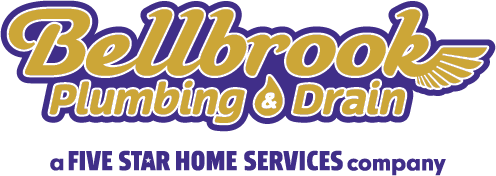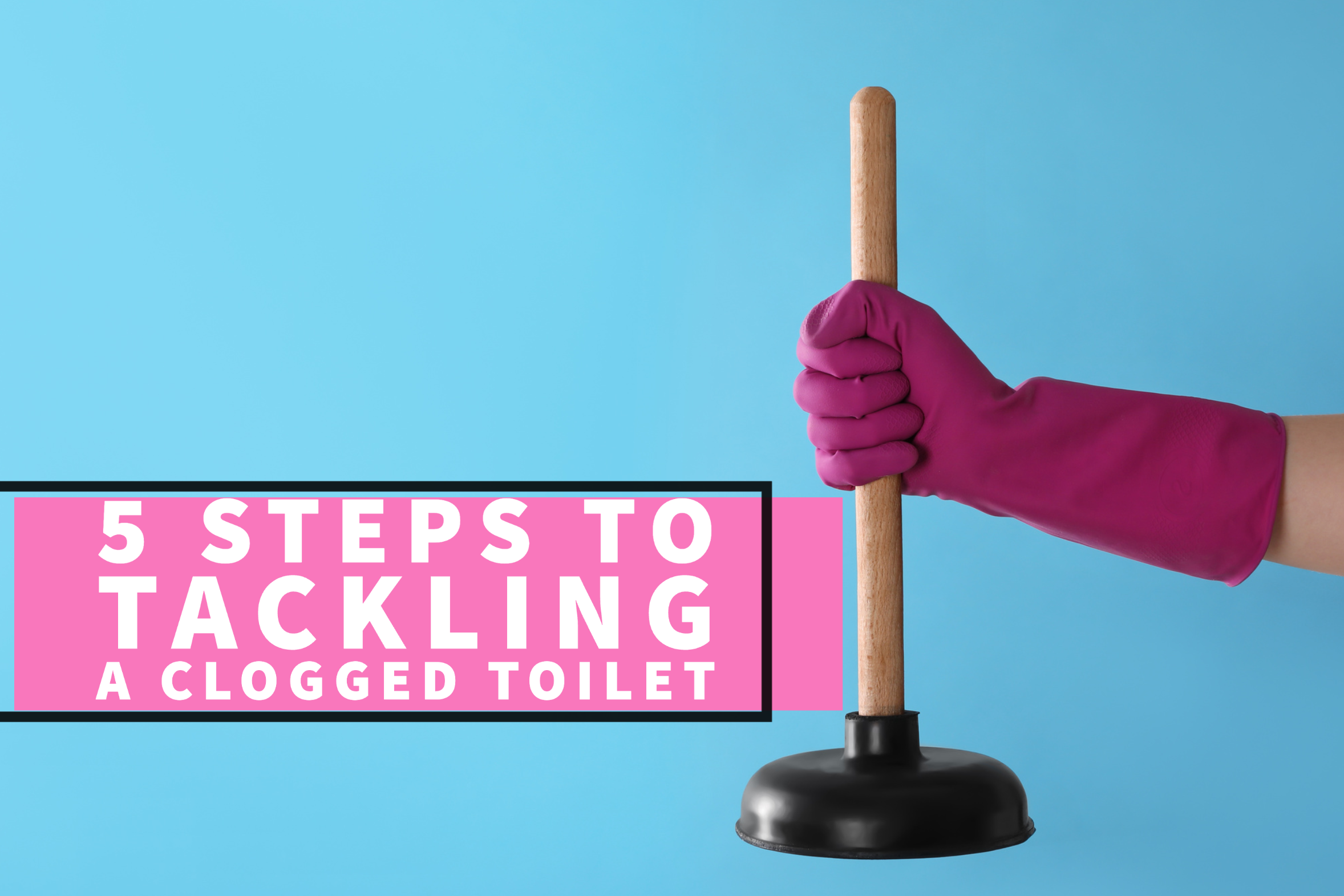Have you ever been in a situation where the water in your toilet bowl keeps rising after you flush it? It’s a common issue that can be quite frustrating, but what should you do in such a scenario? If you’re facing a situation where toilet water has overflown onto your bathroom floor, there are steps that you can take to handle the situation. First, stay calm and composed. Then follow these guidelines provided by your Bellbrook Plumbing & Drain plumbing experts.
1. Now, Turn Off the Water Valve:
First off, it’s best to turn off the water supply when dealing with a clogged toilet. So, start by looking for the shut-off valve behind the toilet, which is usually shaped like a football, and turn it clockwise. Bear in mind that you want to avoid flushing the toilet again, as this will worsen the situation due to the clog.
2. Next, Seal the Rubber Flapper Closed:
After turning off the water supply to the toilet, locate the rubber circle inside the tank that covers the drain. This rubber piece acts as a seal to prevent water from flowing into the toilet unless the flush lever is pulled. It should be connected to a metal lever or chain that is linked to the flush handle. Gently push down on the rubber seal to secure it.
3. Thirdly, Secure the Float:
Next, try looking for the float cup or float ball, which should be located on the inside of the toilet tank. The float cup’s purpose is to regulate the water level in the toilet tank. To make the water stop from continuing to fill the tank, you immobilize the float so that it cannot move.
4. Fourthly, Clean Up the Excess Water:
Congratulations on successfully stopping the water flow! Now, it’s important to proceed with cleaning up. Begin by emptying the excess water from the toilet bowl to prevent any possible overflow once the toilet is working again. Although the toilet is not draining at the moment, just a little bit of elbow grease will get the ball rolling!
If you encounter any waste or debris in the water (or on the floor), please be cautious when cleaning it up. Safety and hygiene should be your top priority. It’s recommended that you wear gloves if you can. Start the removal process by collecting any solid materials or waste and disposing of them carefully in a garbage bag. You can use a bucket or container to clean up the excess water. Scoop the water out of the bowl slowly and pour it into a bathtub or sink to drain.
Another thing to consider is your floors. It’s important to avoid water damage. In case you have solid flooring, you can use any available items such as towels, rags, mop, or paper towels to absorb the spill. If you have a wet vacuum, it’s a good idea to use it now to clean up the water overflow. If the spill has spread to a carpeted area, a good tip is to cover the carpet with flat towels and put a heavy object on top of them, allowing the towels ample time to absorb the water from the carpet. Once everything is drained, disposed of, and adequately soaked up, be sure to take appropriate steps to disinfect.
5. Lastly, Take Care of the Clog:
After finishing the cleanup process, it’s time to grab your plunger. Then move on to unclogging the toilet. Carefully place the plunger over the drain hole in the bottom of the bowl and ensure it is submerged in water. Then use the plunger to eliminate the blockage. If the toilet still doesn’t drain, or if you’ve attempted several times to clear the clog and it persists, it may be time to seek professional assistance. However, if your toilet is, in fact, functioning again, perfect! Before wrapping everything up, make sure you readjust everything back to its original position, put the tank cover back, and turn the water valve on as well.
Call Bellbrook Plumbing & Drain today at (937) 240-3731 or schedule an appointment online now by clicking here!

